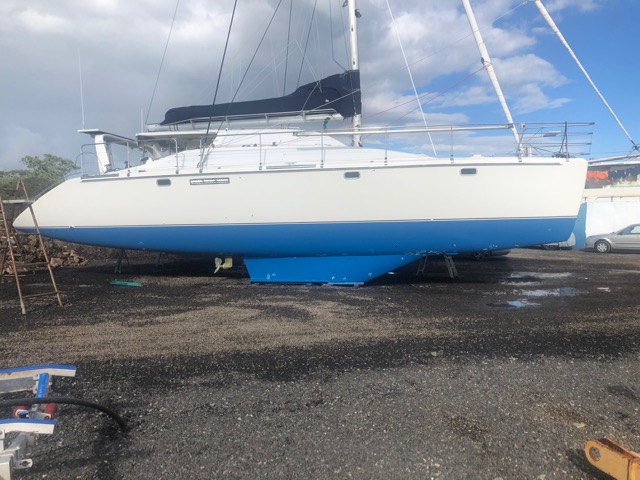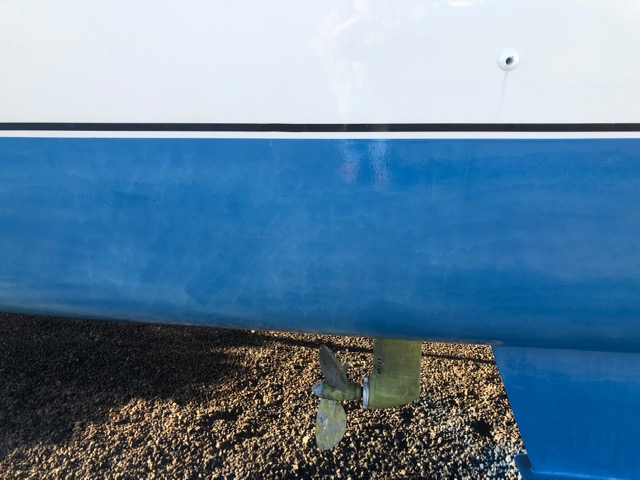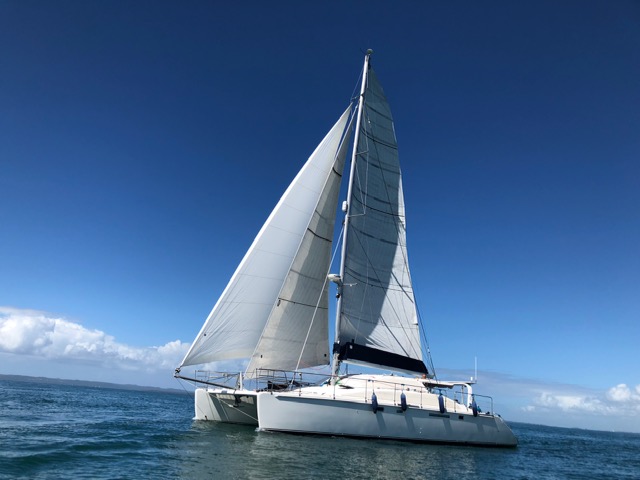Più che soddisfatto
Sono più che soddisfatto del tuo prodotto, le eliche si combinano perfettamente con la barca e i nuovi motori Yanmar 4JH80. I nuovi motori sono un sistema di alimentazione common rail gestito da un software e quindi è molto facile vedere sulla strumentazione anche piccole differenze. Durante la navigazione con entrambi i motori al minimo e la vela issata vedo diminuire il consumo di carburante.
Il momento in cui le eliche fanno la differenza è nelle situazioni difficili come l’attracco durante i viaggi in un nuovo porto turistico dove la marea o il vento causano problemi. La spinta e la risposta istantanea insieme rendendo l’attracco in posti nuovi in condizioni difficili un gioco da ragazzi. In un’altra occasione stavo attraversando una zona costiera quando ho incontrato un’onda lunga di 3 metri e la barca ha reagito con facilità a bassi regimi. Credo che ancora una volta la combinazione del motore di spinta fosse la ragione.
Ci sono alcuni dati interessanti che emergono dalle prestazioni della barca confrontando l’elica A… e l’elica EWOL a 2.500 RPM. Le eliche EWOL spingono la barca a 9,5 nodi utilizzando 3,5 litri di carburante per parte.
Con l’elica A… sebbene abbiano un diametro di 17 pollici, la barca per lo stesso RPM 2500 fa solo 8 nodi e utilizza 4,7 litri all’ora per parte.
Trovo la differenza nella gestione del catamarano molto evidente soprattutto quando si cerca di manovrare la barca in un porto turistico affollato. Con l’EWOL la controllo con la punta delle dita a un numero di giri molto basso, ma con l’A… devo usare molti RPM per ottenere una risposta.
D.C. – Australia
Original Text
I am more than happy with you product, the propellers have been an excellent combination with the boat and the new Yanmar 4JH80 engines. The new engines are a common rail fuel system which is computer controlled therefore it is very easy to see on the instruments even slight differences. While underway with both engines just idling over if I pull up a sail I can see the fuel consumption drop.
Where you propellers come into their own however is in tight situations like docking while travelling in tight situations , in a new marina where the tide or wind is causing problems. The thrust and instant response is amassing making docking in new places under difficult conditions a piece of cake. On one other occasion I was crossing a coastal bar when I encountered a 3 meter swell in which the boat just handled with ease at lower RPMs. I believe again the thrust engine combination was reason .
There some interesting figures come out of the boats performance by comparison of the “A…prop” and the EWOL prop At 2,500 RPMs. The EWOL props push the boat along at 9.5 knots using 3.5 litres of fuel per side.
With the A…prop although they are 17 inch in diameter the boat for the same RPM 2500 is only doing 8 knots and using 4.7 litres per hour per side.
I find the difference in handling the cat very noticeable especially when trying to position the boat in a busy marina. With the EWOL I have fingertip control at very low RPM but the A…. Prop I have to use lots of RPM to get a response.
D.C. – Australia







